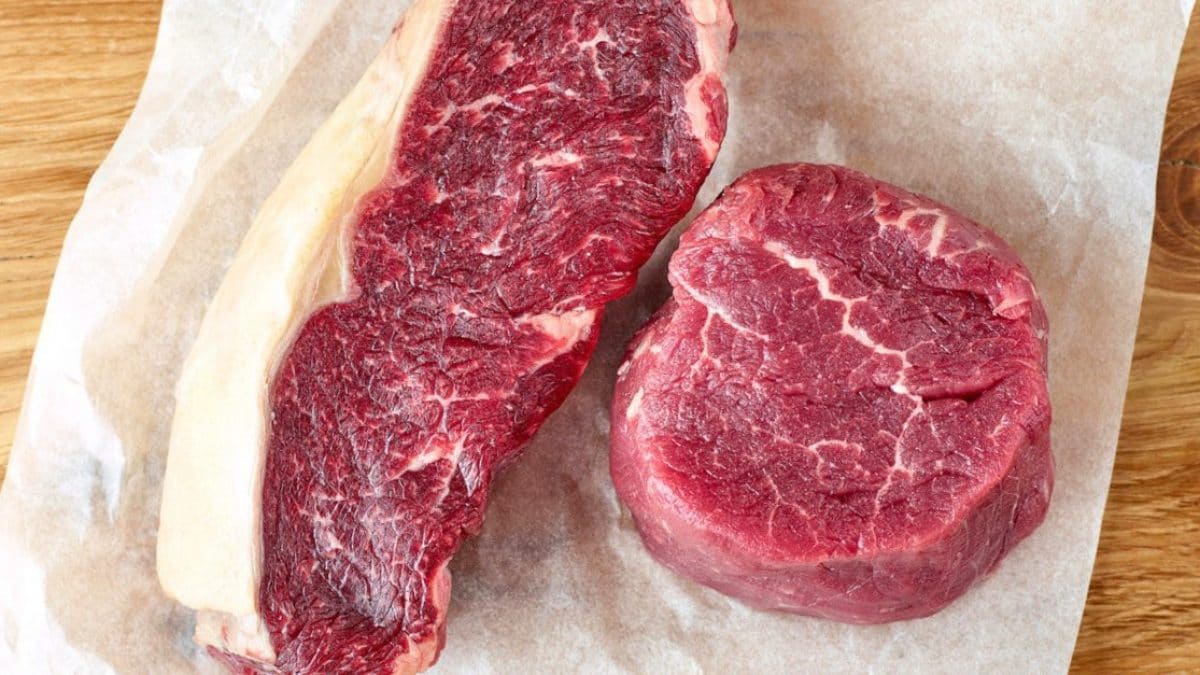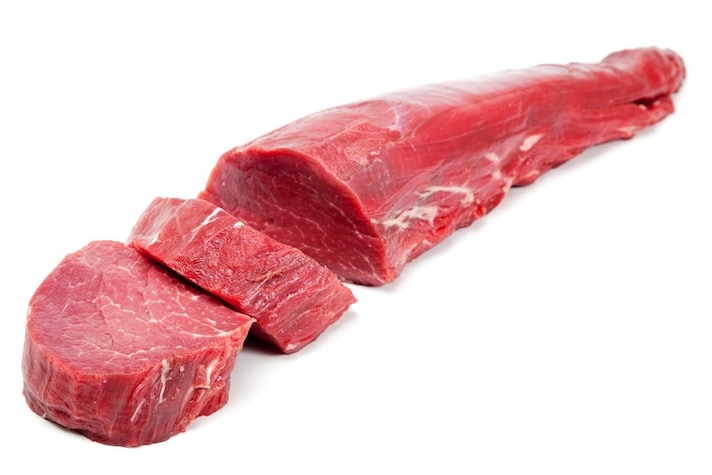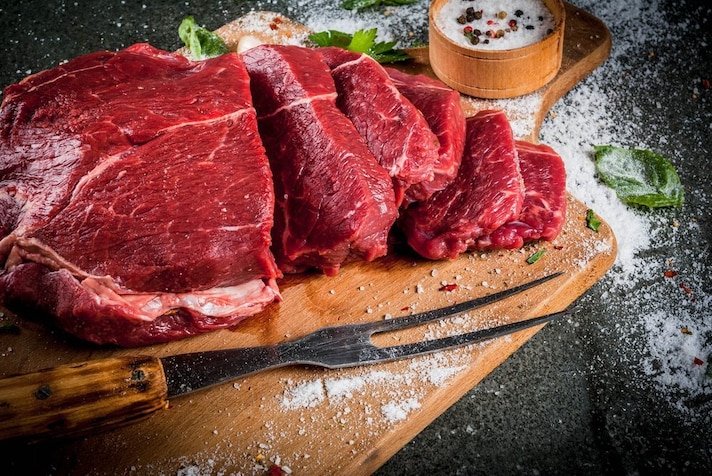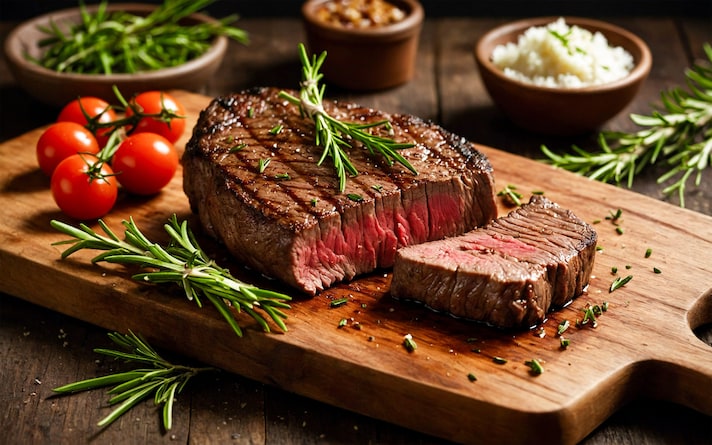
When discussing cuts of meat, we enter a specialized field whose key terms often create confusion: there is no official nomenclature, and translations from other languages and regionalisms often add to the confusion. Two cuts that often generate confusion are beef fillet and sirloin: both are premium cuts of beef derived from the animal's loin, but with different characteristics that make them suitable for different culinary preparations. Today, we'll tell you the main differences between beef tenderloin and sirloin, their characteristics, and the recipes that showcase them best.
What is Fillet and How Is It Used?
Beef fillet is found along the backbone, in the inner part of the loin, and is a rarely used muscle on the animal. It's a cut renowned for its exceptional tenderness, delicate flavor, and soft texture. It has very little fat (or almost no fat) precisely because it's rarely used. Among the most popular recipes for tenderloin are preparations that enhance the tenderness and delicate flavor of this prized cut.

This type of cut is usually cooked quickly at high temperatures and often constantly basted with a fat-based liquid: a classic example is the peppercorn steak, which is basted with a cream-based cream. In the tradition of French butchers, this cut is further divided into three parts: chateaubriand (the widest part), tournedos (the central part), and filet (the narrowest end).
Other dishes using tenderloin include tournedos, a French main course made with beef (or pork) fillet named after that specific cut, Bismarck fillet, fillet Wellington, and so on. Of course, beyond international dishes, tenderloin can also be prepared more simply, for example by browning it in butter and rosemary.

How Sirloin is Made and How to Use It Best
The sirloin, also known as striploin, is found in the upper part of the leg: it is taken from the hindquarter of the bovine, adjacent to the fillet. It is less tender than the fillet, but still offers a good combination of juiciness and flavor. The sirloin tends to have a more intense and robust flavor, thanks to its marbling and greater amount of fat: it is composed of a strip of fat along one side, which helps keep the meat succulent during cooking.

Although less tender than the fillet, the sirloin is also a fairly lean and tender cut: it can withstand longer cooking times than the tenderloin, precisely because of the greater distribution of fat, so in addition to pan-frying, it can be grilled or even baked. One of the dishes in which this cut is most commonly used is tagliata, a recipe in which the meat is cooked rare and then thinly sliced. It is often used for steaks, although other cuts, such as the fillet itself or the rump, can be used.

A cut that is often confused with the sirloin is the entrecôte: the French term refers to a cut of meat taken from the rib of the bovine, "inside the ribs" in fact, more precisely from the front part of the loin. In English it is called strip steak: hence the confusion. Although both cuts come from the sirloin of the bovine, the sirloin is closer to the rear of the animal, while the entrecôte comes from the front. The entrecôte tends to have more abundant marbling than the sirloin, which affects its juiciness and flavor.
;Resize,width=767;)
